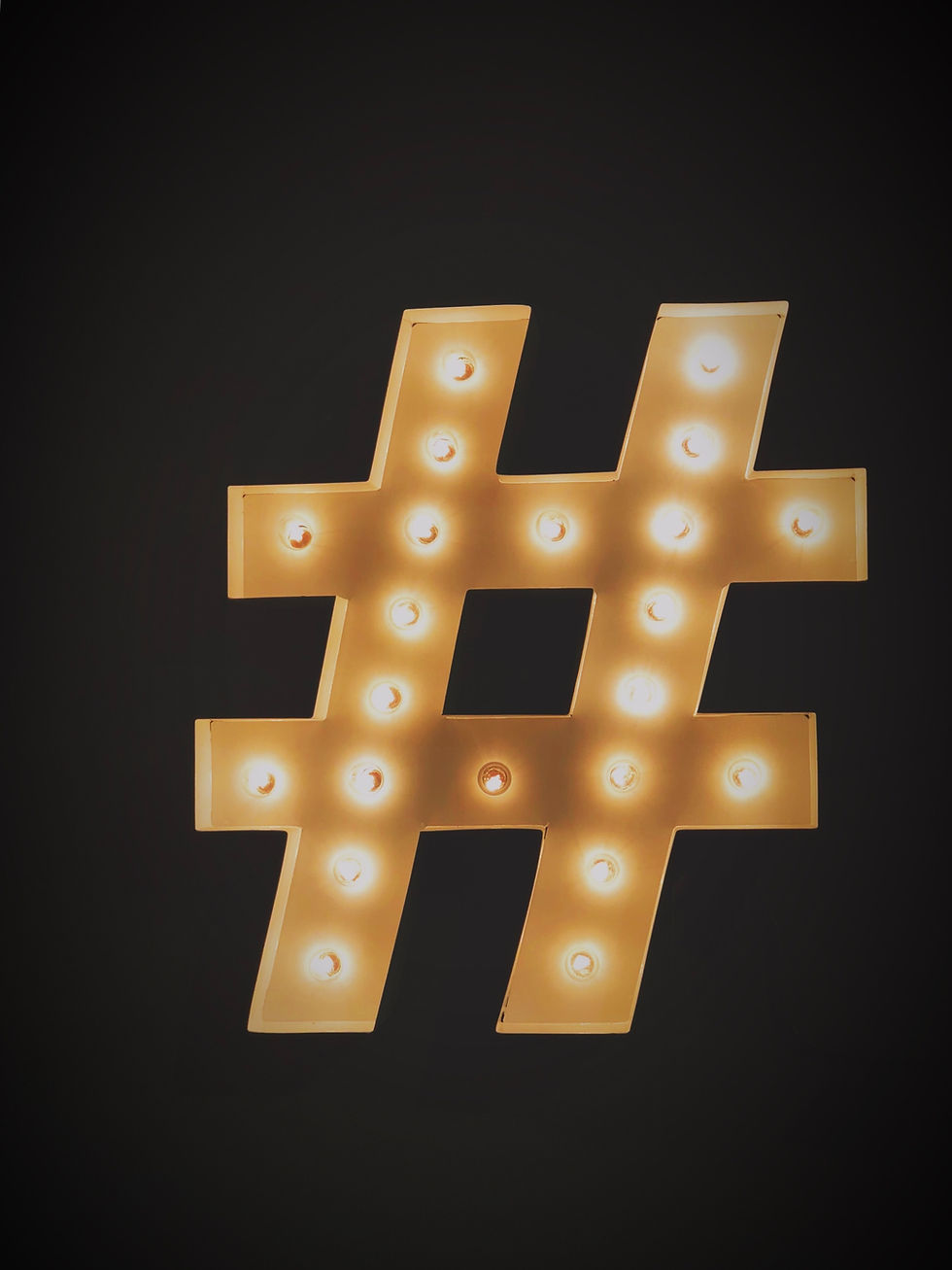The Pitt of despair by Nigel Roth
- Ambassadeur

- 30 mai 2020
- 3 min de lecture
Dernière mise à jour : 2 mars 2021

In 1755, in what was then York County, Pennsylvania, there was an early morning raid by Shawnee warriors in retaliation for their losses at the hands of white European settlers. The families of those living in the area were probably scalped, then brutally killed, the youngest that couldn’t be of use were dashed to death against trees, and captives were taken to live a life among the tribes that they could not have imagined before that day.
Mary Jemison was one of those taken that morning, and just like Cynthia Ann Parker who was captured almost one hundred years later, she eventually chose to stay with her captors all her life, rejecting her colonial life in the New World. While Parker’s son, Quanah, became a great leader of the Comanche, Mary’s didn’t, but she still stayed. Because although that was not exactly a bright point in her early childhood, there may have been even worse moments to deal with.
Eight years after Jemison was captured, the Siege of Fort Pitt was underway, and the Odawa tribe leader, Pontiac, was at the head of a rebellion of Native Americans to get the dishonest and murderous British out of their homelands.
During the negotiations, two Native American peacemakers - Turtleheart and Mamaltee - were given gifts to take back to their tribespeople.
But the gifts they gave them came from the smallpox infirmary. They were a deliberate, disguised plot to cause an epidemic and murder people they saw as infrahuman. At around the same time, Jemison told of the death of her beloved and very much human Delaware Indian husband from what she called ‘sickness’.
We in 2020 are currently dealing with one single pandemic. It will kill hundreds of thousands of us, maybe millions, and yet we have useful medication, scientific brilliance, and the guidance of experts to help us avoid death. Those Native American tribes had nothing to help them.
And while we struggle to overcome Covid-19, Native American tribes had to cope with a whole host of other diseases and illnesses they had never ever seen, let alone had a name for. The Lakota called smallpox the ‘running face disease’, then promptly died of it.
By the time Catlin had begun splendidly painting the proud last of the Native American populace, the Europeans had given them more gifts than just smallpox keepsakes.
To live long enough to be evicted from your own land and caged on reservations through vile trickery, you’d have needed to survive the bold bubonic plague, some scarlet fever, bouts of cholera, deadly diphtheria, and malicious malaria. You’d need to have beaten off the measles, wanton whooping cough and the other pox, chicken, and tiptoed around the ‘terrible ts’ - typhoid, typhus and tuberculosis.
And if those didn't get you, the common cold probably would.
While we listen to our leaders conjuring false narratives to ease government spending, and their talk of the pandemic in the past tense as Russell did the potato famine just before millions of Irish died from starvation, imagine those indigenous Native Americans dealing with grief and death and the utter mystery of a dozen epidemics with not only no help, but a culture that would have only exacerbated death.
From the first European malcoloni to the present day, it's probable that more than 90% of the Native American population was annihilated, mostly by epidemic. As these deathbringers arrived, Native populations were doomed.
Their culture encouraged death-bed visits, something we’ve been challenged not to do since our own pandemic began. Historically, those on their death-bed, though, were there because of old age, or hunting wounds, or other non-communicable illnesses. For millennia, Native populations had been able to suffer and survive their known diseases, and so most were cured just through shamanic rituals by medicine men. But with smallpox and the other European presents there was no possibility of cure by the old ways.
And, the evolution of pathogens is now known to correlate to crowd interactions and, far from creating the mythical herd immunity, actually helped the bacteria strengthen and lowered their ability to respond to disease. Native Americans had very little chance of social distancing in their interdependent communities, and no-one to suggest it to them anyway.
As if the Native Americans hadn’t suffered enough by losing out to all these sicknesses, the deliberate culling of buffalo herds and their enzooing on reservations finished them off. There are just five million Native Americans left now, with the Cherokee forming the largest tribe still standing.
What could be worse than being captured at twelve by wild and bloodthirsty marauding Indians? An awful lot.
Nigel Roth, 2020 rothandfriends@gmail.com










Commentaires